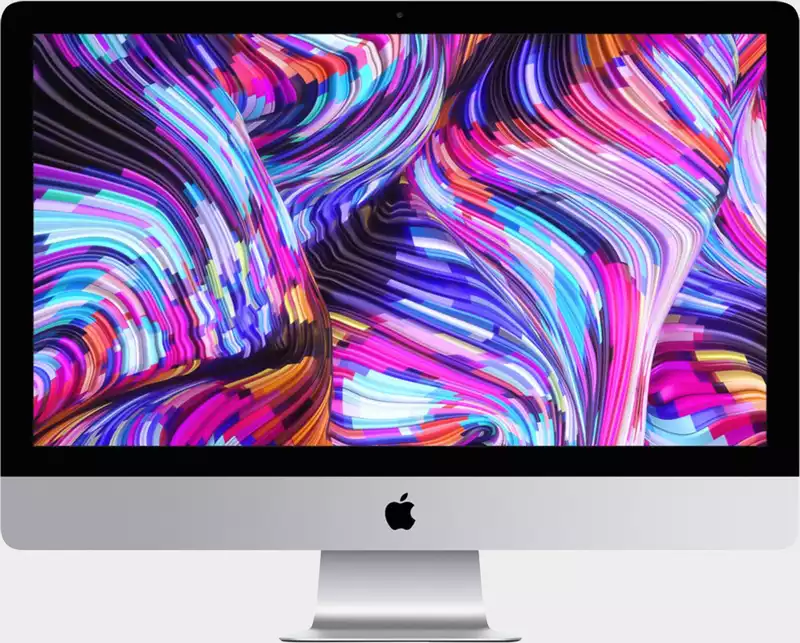In the not-too-distant future, Intel is expected to finally announce its next-generation mobile Tiger Lake processors with Xe graphics (the same graphics architecture that drives discrete GPUs). These chips will replace Intel's current generation Ice Lake stack for laptops and mini-PCs like the NUC, but if the latest rumors are true, they may not make it into some or all of Apple's Mac products.
Apple has been using Intel CPUs since 2005. In this regard, the transition to ARM would be a bigger issue than if Apple were to partner with AMD. This is because ARM is a completely different architecture. In a broader sense, it represents a shift away from x86.
But that is what Apple is planning, according to "sources familiar with the plan" who spoke with Bloomberg. According to these sources, the shift from Intel to ARM could be formally announced this month at Apple's annual developer conference (WWDC).
Barring any last-minute delays, WWDC will kick off on Monday, June 22. At last year's event, Apple unveiled a redesigned Mac Pro that can accommodate up to 28-core Intel Xeon W processors and up to two Radeon Pro Vega II Duo graphics cards. This year's WWDC promises to be the "biggest ever" and will no doubt be the most shocking.
After a decade and a half of using Intel hardware, why would Apple switch to ARM? These same sources made the decision after Apple witnessed slow annual gains in chip performance from Intel. In fact, Intel is struggling to fully transition from the 14nm node, but is currently producing 10nm processors in mobile. Still, Apple seems concerned that staying with Intel will delay the launch of future Mac products.
Even more curious, however, is Apple's claim that its internal tests showed "significant improvements" in ARM hardware and Intel chips, "especially in graphics" and AI-powered apps, Bloomberg reports.
No mention was made of whether this supposed shift will be across the board or whether Apple will take a phased approach starting with the thinner and lighter MacBook Air.
It is hard to imagine the Mac Pro suddenly shifting to ARM, and it seems odd that graphics performance would be a motivating factor, even assuming that a laptop would be the first candidate. The leaked information so far indicates that Tiger Lake offers a significant improvement in graphics performance over Ice Lake, which is certainly better than anything ARM has to offer. Simply put, Apple cannot justify its claim that it sees better graphics performance from ARM than from Intel hardware, completely ignoring anything on the discrete front from AMD or Nvidia that can be used on an x86 CPU.
If this is Apple's direction, it probably has something to do with the company's desire to design more parts in-house, as it has done in the past. This has already been seen with the iPhone, which was built around Apple's own Bionic processor (ARM-based).
Still, architectural changes are a big deal. It is not without precedent; before the switch to Intel, Apple used IBM's PowerPC chips, and before that it used Motorola processors. If this latest report is true, ARM will be next.


Comments